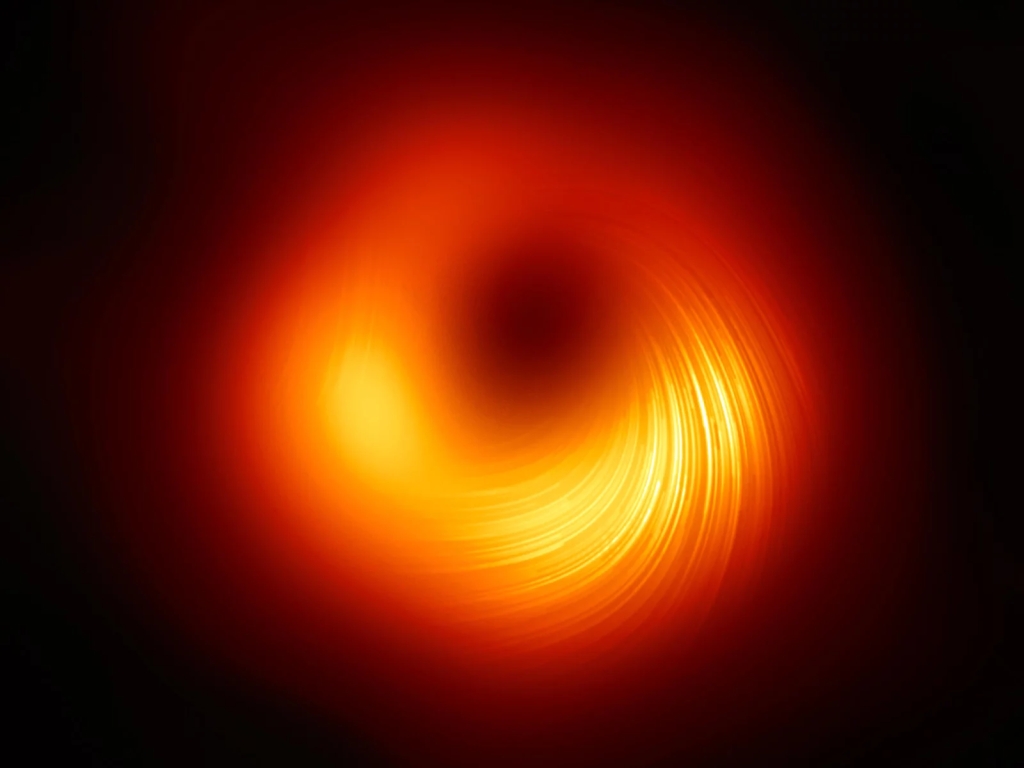
This blog will be referencing information sourced from the Tides: Crash Course Astronomy #8 video. We know that mass has gravity, and more mass had more gravity. This raises the question, why does the moon have a greater impact on the Earth’s tides than the Sun, even though the Sun has such a greater gravitational force? This is because of the close distance to the Earth the Moon has. Think of the gravitational effect that causes the tides as the Earth stretching. As shown in the picture above, the side of the Earth the is closer to the moon gets stretched towards the moon because of the Moon’s gravity. This causes a bulge, making the Earth slightly football shaped. You may be wondering why in the picture both sides of the Earth appear to be bulging then, since the Moon is pulling on the near side of the Earth. This is because the center of the Earth is also getting pulled slightly, while the far side of the Earth stays in place. This creates the effect that makes it look like both sides are getting pulled on. This stretching is what causes the tides. The gravity stretches the oceans. When you are on the side of the Earth getting stretched, you experience high tide, you can visualize the oceans stretching farther onto shore. Then the Earth rotates, and you experience low tide, and the oceans recede because you are on the side of the Earth that is not getting stretched. Then high tide again, then low tide. This is why there are two high tides and two low tides everyday. This affect of the tide seems to only be meaningful on large objects, like the ocean. Humans and other small things are not affected. However, the Earth itself is as well. Each day the surface of the Earth rises and falls about 30 centimeters, with the tides, yet you are moving with it so you would never notice it.

Pictures both taken from the Tides: Crash Course Astronomy #8 video.










